Ace Tips About Provision For Bad And Doubtful Debts

For the case of first time provision for doubtful debts, it is incorporated either when the organization is a new one or the organization has been managing its debtors without a debt provision policy.
Provision for bad and doubtful debts. Debt recovery the amount is credited. Once doubtful debt for a certain period is realized and becomes bad debt, the actual amount of bad debt is written off the balance sheet—often referred to as write. Provision for doubtful debt is created which is a charge against profit that may cover the loss if the doubtful debt turns out as bad debt.
Table of contents what is bad debt? Provision for bad and doubtful debts as per section 36 (1) (viia) of the income tax act, 1961 only banks and financial institutions are allowed deduction in respect of the. Why do businesses need provisions for bad debts?.
Learn how to create and adjust provision for bad debts and doubtful debts in accounting. Prudence requires that an allowance be created to recognize the potential loss arising from the possibility of incurring bad debts. The provision for the bad debt is an expense for the business and a charge is made to the income statements through the bad debt expense account.
See the journal entry of provision for bad debts and doubtful debts in profit and loss. Usually many attempts will have been made in an effort to recover the. Provision for bad debts account;
The provision for doubtful debts is also known as the provision for bad debts and the allowance for doubtful accounts. So, you can calculate the provision for bad debts as follows:. The following journal entry is made to record a reduction in provisions for bad or doubtful debts:
Analyse the receivables basis the ageing 2. Updated on march 27, 2023 fact checked why trust finance strategists? Find out the meaning, calculation, presentation and documentation of these.
When certain bad debts are to be written off and a provision for doubtful debts is to be made, the amount should be first debited against the existing balance of provision and. Such receivables are known as doubtful debts. The provision for doubtful debts is the.
The provision for bad debts could refer to the balance sheet account also known as the allowance for bad debts, allowance for doubtful accounts, or allowance for. Company a decides to create a provision for doubtful debts that will be 2% of the total receivables balance. Apply certain percentage of provision to each ageing group of receivables based on management estimates that is,.
A debtor who cannot pay his debt is called a ‘bad’ debtor, and the debt owing is referred to as a ‘bad debt’. Further bad debts amounting to 2,000 and provision to be created at 5% of debtors.


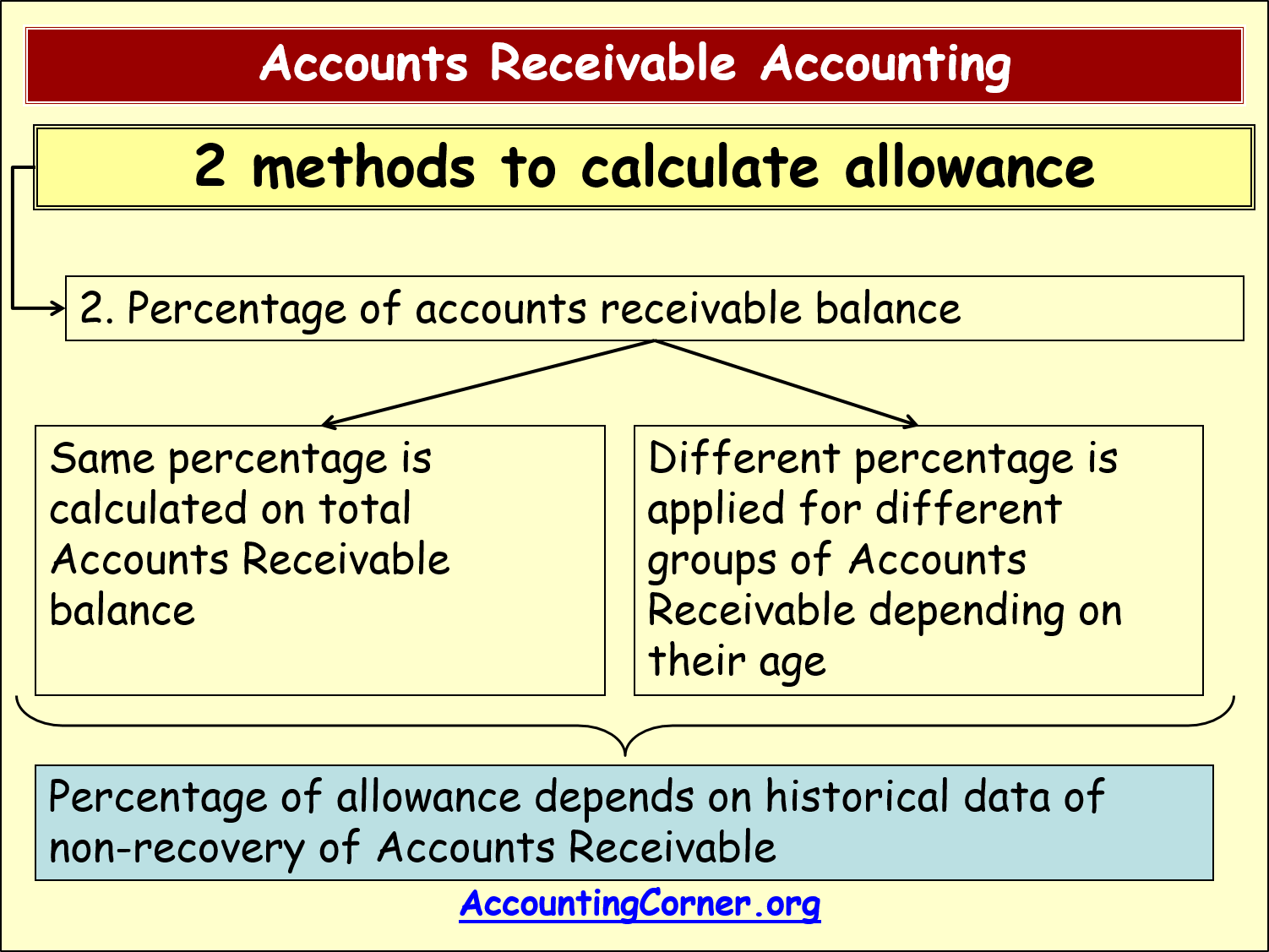

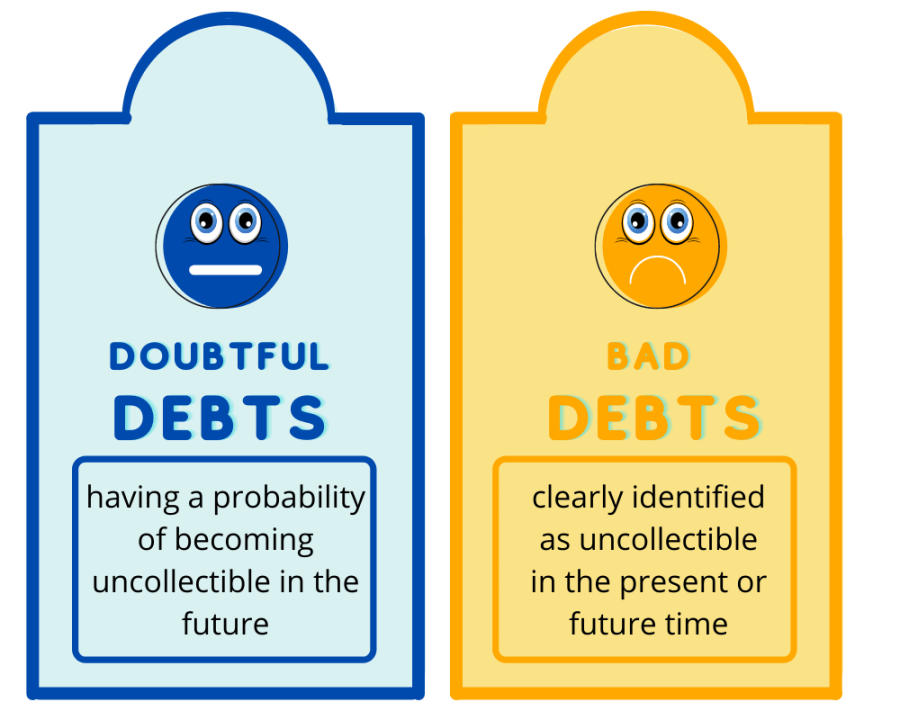

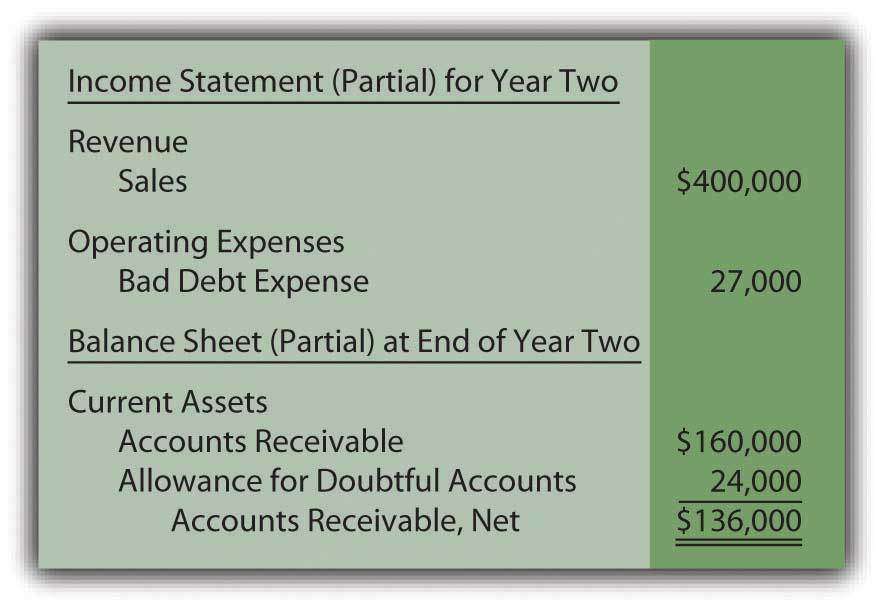
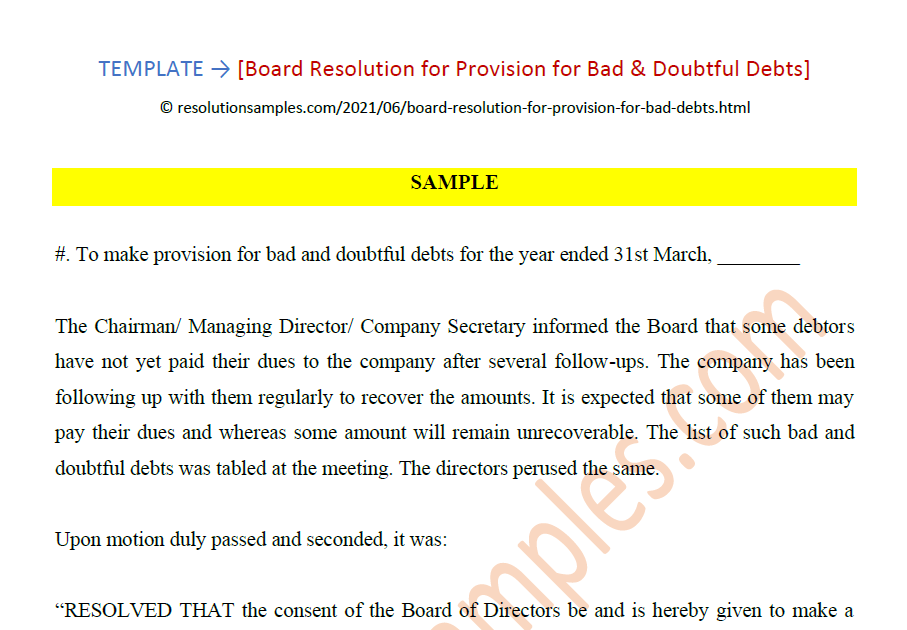


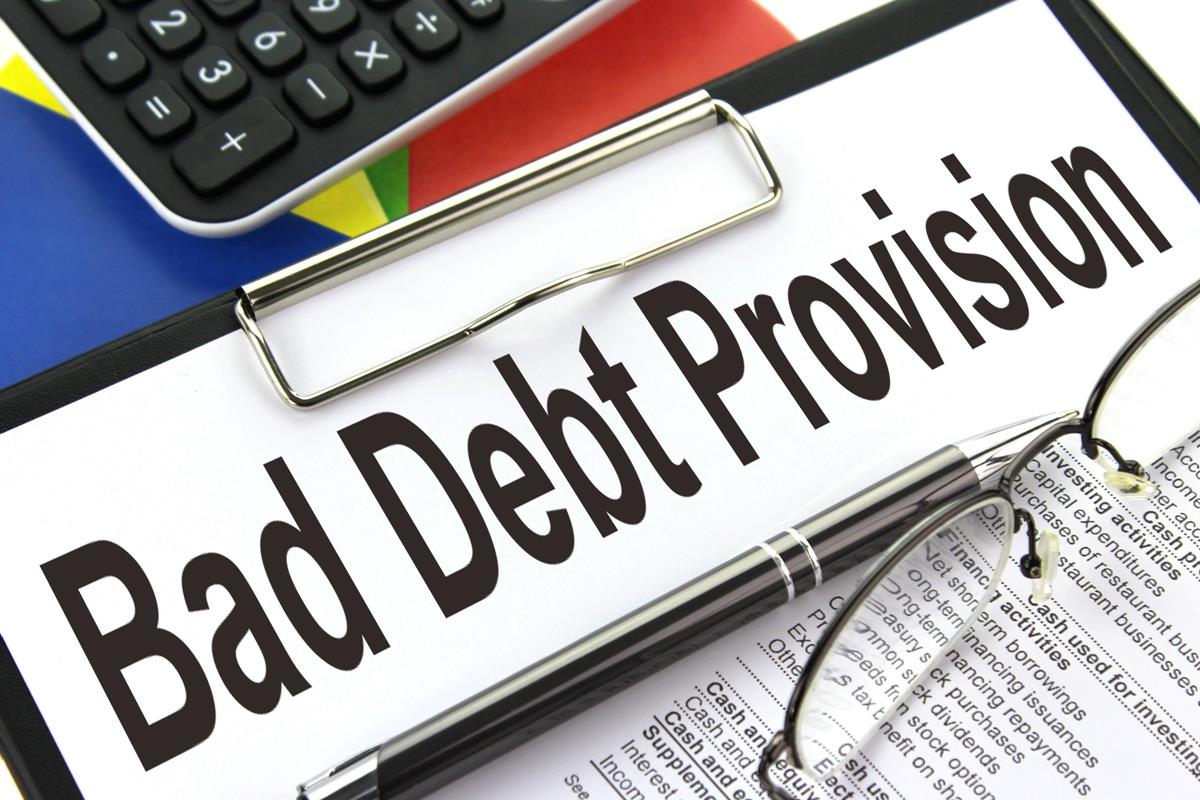

:max_bytes(150000):strip_icc()/Allowance_For_Doubtful_Accounts_Final-d347926353c547f29516ab599b06a6d5.png)





